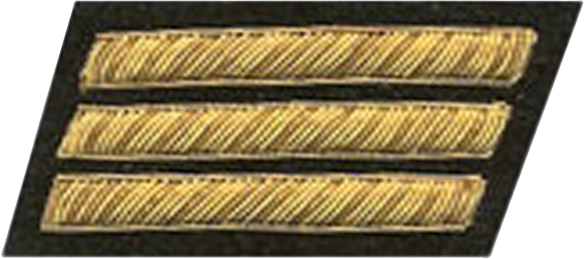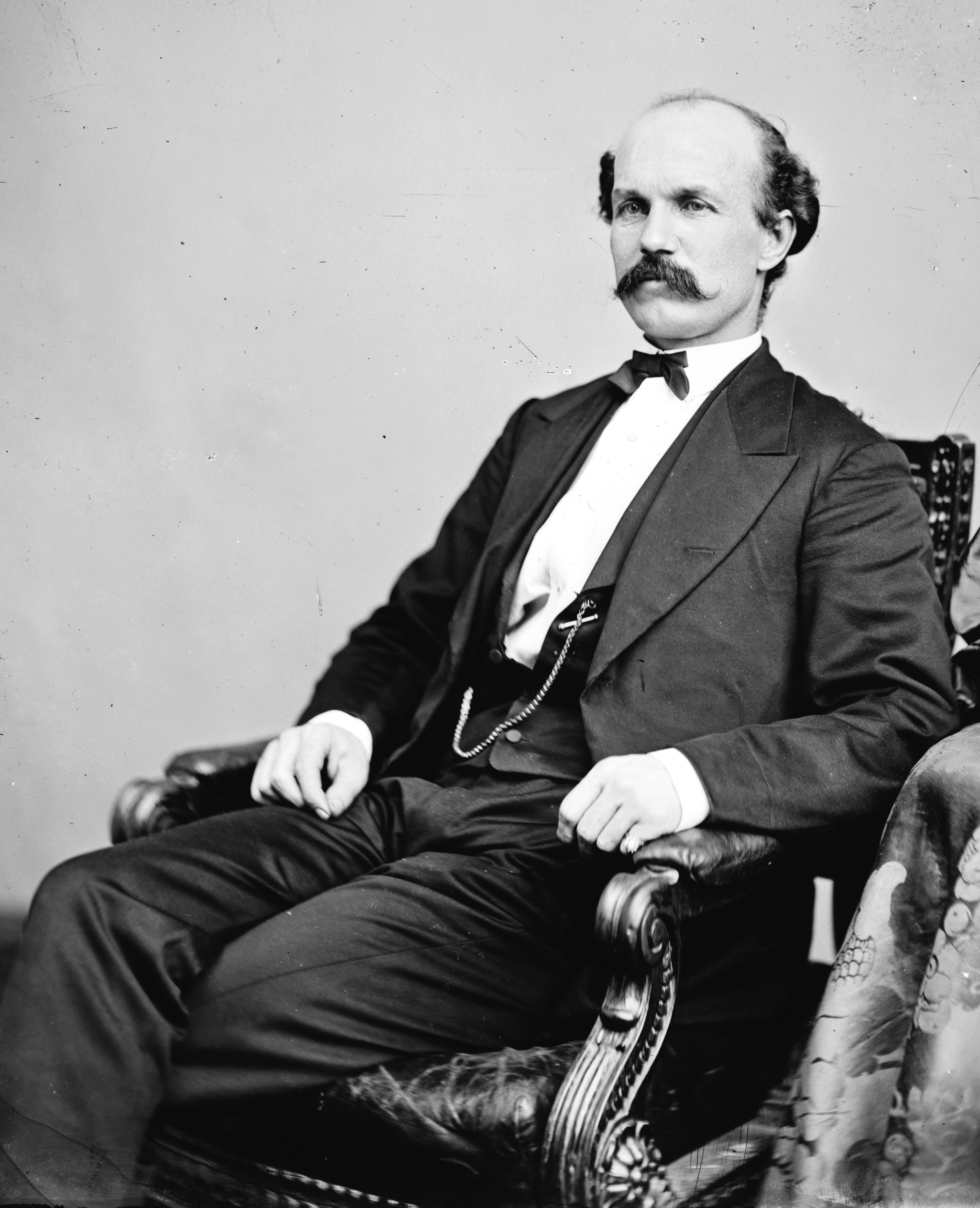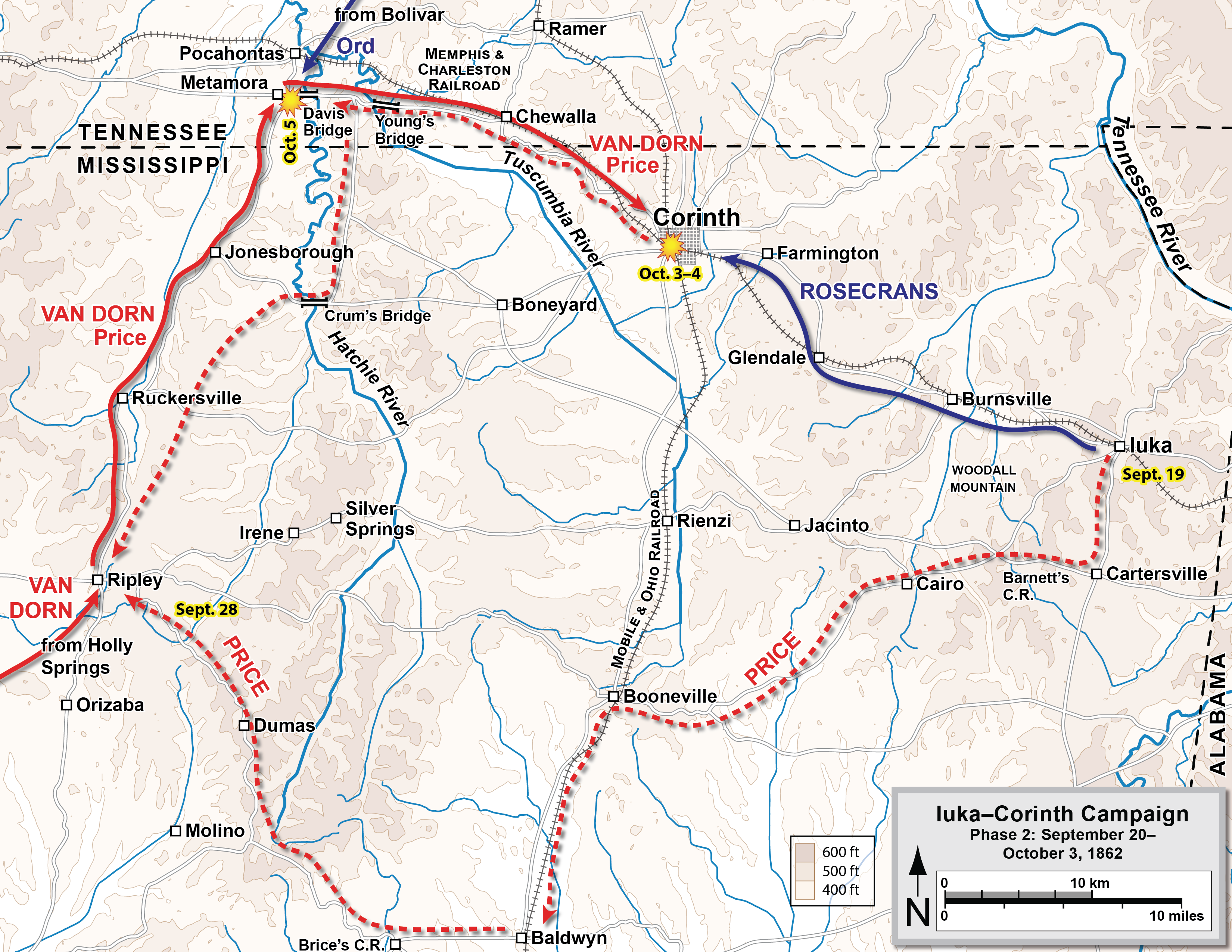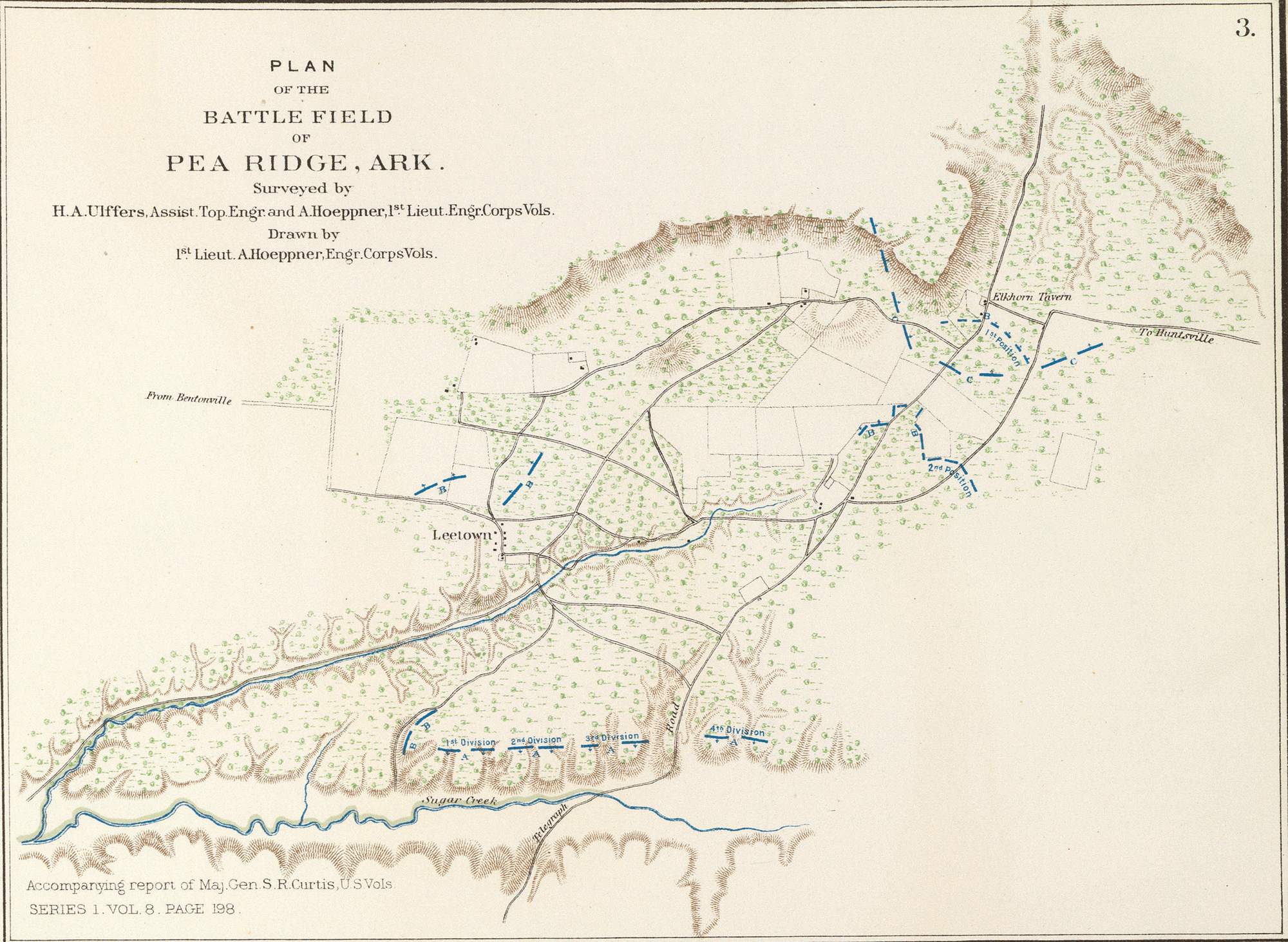|
Lawrence Sullivan Ross
Lawrence Sullivan "Sul" Ross (September 27, 1838January 3, 1898) was the 19th governor of Texas, a Confederate States Army general during the American Civil War, and the 4th president of the Agricultural and Mechanical College of Texas, now called Texas A&M University. Ross was raised in the Republic of Texas, which was later annexed to the United States. Much of his childhood was spent on the frontier, where his family founded the town of Waco. Ross attended Baylor University (then located in Independence, Texas) and Florence Wesleyan University in Florence, Alabama. On one of his summer breaks, he suffered severe injuries while fighting Comanches. After graduation, Ross joined the Texas Rangers, and in 1860, led Texas Rangers in the Battle of Pease River, where federal troops recaptured Cynthia Ann Parker, who had been captured by the Comanches as a child in 1836. When Texas seceded from the United States and joined the Confederacy, Ross joined the Confederate States ... [...More Info...] [...Related Items...] OR: [Wikipedia] [Google] [Baidu] |
Thomas Benton Wheeler
Thomas Benton Wheeler (June 7, 1840 – February 21, 1913) was an American judge and politician who served as the 16th lieutenant governor of Texas as a member of the Democratic Party (United States), Democratic party from 1887 to 1891. Early life Thomas Benton Wheeler was born in Marshall County, Alabama on June 7, 1840. At the outbreak of the American Civil War, Wheeler enlisted as a private in Company A of Peter C. Woods's regiment of the confederate army. He was soon promoted to captain and commanded Company E of Ragsdale's Battalion Texas Cavalry. Following the end of the war, Wheeler moved to Austin, Texas, where he began to practice law. In 1867 he became District attorney, county attorney of Travis County, Texas, Travis County, a position where he was ultimately removed from by Union (American Civil War), Union officials as an impediment to Reconstruction era, Reconstruction. Political career and death Thomas Benton Wheeler was first elected as Mayor of Austin in 1872 ... [...More Info...] [...Related Items...] OR: [Wikipedia] [Google] [Baidu] |
Texas Ranger Division
The Texas Ranger Division, also known as the Texas Rangers and nicknamed the , is an State bureau of investigation, investigative law enforcement agency with statewide jurisdiction in the U.S. state of Texas, based in the capital city Austin, Texas, Austin. The Texas Rangers have investigated crimes ranging from murder to political corruption, acted in riot control and as detectives, protected the List of governors of Texas, governor of Texas, tracked down fugitives, served as a security force at important state locations, including Alamo Mission, the Alamo, and functioned as a paramilitary force at the service of both the Republic of Texas, Republic (1836–1846) and the State of Texas. Today they also conduct cybercrime investigations, cold case reviews, public corruption probes, and provide tactical support in major emergencies. The Texas Rangers were unofficially created by Stephen F. Austin in a call-to-arms written in 1823. After a decade, on August 10, 1835, Daniel Parker ... [...More Info...] [...Related Items...] OR: [Wikipedia] [Google] [Baidu] |
Battle Of Brown's Mill
The Battle of Brown's Mill was fought July 30, 1864, in Coweta County, Georgia, during the Atlanta Campaign of the American Civil War. Edward M. McCook's Union cavalry Historically, cavalry (from the French word ''cavalerie'', itself derived from ''cheval'' meaning "horse") are groups of soldiers or warriors who Horses in warfare, fight mounted on horseback. Until the 20th century, cavalry were the most mob ..., on a daring raid to sever communications and supply lines in south-central Georgia (U.S. state), Georgia, was defeated near Newnan, Georgia, by Confederate States Army, Confederate forces under Joseph Wheeler. The failure of McCook's column and a concurrent ill-fated raid by George Stoneman forced William T. Sherman to lay siege to the city of Atlanta, Georgia, Atlanta. Background During the Atlanta Campaign, Gen. William T. Sherman, wanting to avoid the necessity of laying siege to the city, ordered two columns of Federal cavalry on a series of raids south of ... [...More Info...] [...Related Items...] OR: [Wikipedia] [Google] [Baidu] |
Battle Of Yazoo City
The Battle of Yazoo City (March 5, 1864) was an engagement in Mississippi during a month-long Union expedition up the Yazoo River in the American Civil War. The Union force commanded by Colonel James Henry Coates repulsed an attack led by Confederate Brigadier General Lawrence Sullivan Ross. The Union force suffered greater losses and withdrew down the river the next day with a large amount of cotton seized or bought from plantations along the river. The expedition was undertaken in cooperation with Major General William Tecumseh Sherman's Meridian campaign. Background In early 1864, President Abraham Lincoln wanted General Sherman to cooperate with the projected Red River Campaign under Major General Nathaniel P. Banks, but the river was too low for naval support until March. Therefore, Sherman undertook the Meridian campaign to destroy the Confederate railroads in central Mississippi. Sherman's main column of 25,000 troops left Vicksburg, Mississippi on February 3, 1864, he ... [...More Info...] [...Related Items...] OR: [Wikipedia] [Google] [Baidu] |
Battle Of Thompson's Station
The Battle of Thompson's Station took place during the American Civil War on March 5, 1863, in Williamson County, Tennessee. In a period of relative inactivity following the Battle of Stones River, a reinforced Union Army, Union infantry brigade, under Col. John Coburn (Indiana politician), John Coburn, left Franklin, Tennessee, Franklin to reconnoiter south toward Columbia, Tennessee, Columbia. Four miles from Spring Hill, Tennessee, Spring Hill, Coburn attacked with his right wing, a Confederate Army force composed of two regiments; he was repelled. Then, Major General (CSA), Maj. Gen. Earl Van Dorn seized the initiative. Brigadier General (CSA), Brig. Gen. William Hicks Jackson, W.H. "Red" Jackson's dismounted 2nd Division made a frontal attack, while Brig. Gen. Nathan Bedford Forrest's division swept around Coburn's left flank, and into his rear. After three attempts, characterized by hard fighting, Jackson carried the Union hilltop position as Forrest captured Coburn's wagon ... [...More Info...] [...Related Items...] OR: [Wikipedia] [Google] [Baidu] |
Battle Of Hatchie's Bridge
The Battle of Hatchie's Bridge, also known as Battle of Davis Bridge or Matamora, was fought on October 5, 1862, in Hardeman County and McNairy County, Tennessee McNairy County is a county located in the U.S. state of Tennessee. As of the 2020 census, the population was 25,866. The county seat and largest city is Selmer. McNairy County is located along Tennessee's border with the state of Mississippi ..., as the final engagement of the Iuka–Corinth Campaign of the American Civil War. Confederate States Army, Confederate Major General Earl Van Dorn's army successfully evaded capture by the Union Army, following his defeat at the Second Battle of Corinth, Battle of Corinth. Van Dorn's (Confederate) Army of Tennessee retreated from Corinth, Mississippi, on October 4, 1862, but Union Maj. Gen. William S. Rosecrans did not send forces in pursuit until the morning of October 5. Maj. Gen. Edward Ord, Edward O.C. Ord, commanding a detachment of Ulysses S. Grant's Army of the T ... [...More Info...] [...Related Items...] OR: [Wikipedia] [Google] [Baidu] |
Second Battle Of Corinth
The Second Battle of Corinth (which, in the context of the American Civil War, is usually referred to as the Battle of Corinth, to differentiate it from the siege of Corinth earlier the same year) was fought October 3–4, 1862, in Corinth, Mississippi. For the second time in the Iuka–Corinth Campaign, Union Army, Union Major general (United States), Maj. Gen. William Rosecrans defeated a Confederate States Army, Confederate army, this time one under Maj. Gen. Earl Van Dorn. After the Battle of Iuka, Maj. Gen. Sterling Price marched his army to meet with Van Dorn's. The combined force, known as the Confederate Army of West Tennessee, Army of West Tennessee, was put under the command of the more senior Van Dorn. The army moved in the direction of Corinth, a critical rail junction in northern Mississippi, hoping to disrupt Union lines of communications and then sweep into Middle Tennessee. The fighting began on October 3 as the Confederates pushed the U.S. Army from the rifle ... [...More Info...] [...Related Items...] OR: [Wikipedia] [Google] [Baidu] |
Battle Of Pea Ridge
The Battle of Pea Ridge (March 7–8, 1862), also known as the Battle of Elkhorn Tavern, took place during the American Civil War near Leetown, Arkansas, Leetown, northeast of Fayetteville, Arkansas, Fayetteville, Arkansas. United States, Federal forces, led by Brig. Gen. Samuel Ryan Curtis, Samuel R. Curtis, moved south from Mid-Missouri, central Missouri, driving Confederate States of America, Confederate forces into northwestern Arkansas. Maj. Gen. Earl Van Dorn had launched a Confederate counter-offensive, counteroffensive, hoping to recapture northern Arkansas and Missouri. Confederate forces met at Bentonville, Arkansas, Bentonville and became the most substantial Rebel force, by way of guns and men, to assemble in the Trans-Mississippi theater of the American Civil War, Trans-Mississippi. Against the odds, Curtis held off the Confederate attack on the first day and drove Van Dorn's force off the battlefield on the second. By defeating the Confederates, the Union forces e ... [...More Info...] [...Related Items...] OR: [Wikipedia] [Google] [Baidu] |
American Civil War
The American Civil War (April 12, 1861May 26, 1865; also known by Names of the American Civil War, other names) was a civil war in the United States between the Union (American Civil War), Union ("the North") and the Confederate States of America, Confederacy ("the South"), which was formed in 1861 by U.S. state, states that had Secession in the United States, seceded from the Union. The Origins of the American Civil War, central conflict leading to war was a dispute over whether Slavery in the United States, slavery should be permitted to expand into the western territories, leading to more slave states, or be prohibited from doing so, which many believed would place slavery on a course of ultimate extinction. Timeline of events leading to the American Civil War, Decades of controversy over slavery came to a head when Abraham Lincoln, who opposed slavery's expansion, won the 1860 presidential election. Seven Southern slave states responded to Lincoln's victory by seceding f ... [...More Info...] [...Related Items...] OR: [Wikipedia] [Google] [Baidu] |
Pease River Fight
The Battle of Pease River, also known as the Pease River Massacre or the Pease River fight, occurred on December 19, 1860, near present-day Margaret, Texas in Foard County, Texas, United States. The town is located between Crowell and Vernon within sight of the Medicine Mounds just outside present-day Quanah, Texas. A monument marks the site where a group of Comanche Indians were massacredCarlson, Paul H., Crum, T. (2012) by a detachment of Texas Rangers and militia under Ranger Captain "Sul" Ross. The Indian camp was attacked as retaliation against recent Comanche attacks on settlers. This raid is primarily remembered as the place where Cynthia Ann Parker was recovered after she had been captured in the Fort Parker massacre, 24 years earlier. Cynthia Ann Parker Cynthia Ann Parker was a woman of European descent who had been kidnapped as a child by the Comanche in the Fort Parker massacre in 1836. The nine-year-old Parker had grown up among the Comanche, who called he ... [...More Info...] [...Related Items...] OR: [Wikipedia] [Google] [Baidu] |
Indian Wars
The American Indian Wars, also known as the American Frontier Wars, and the Indian Wars, was a conflict initially fought by European colonial empires, the United States, and briefly the Confederate States of America and Republic of Texas against various American Indian tribes in North America. These conflicts occurred from the time of the earliest colonial settlements in the 17th century until the end of the 19th century. The various wars resulted from a wide variety of factors, the most common being the desire of settlers and governments for Indian tribes' lands. The European powers and their colonies enlisted allied Indian tribes to help them conduct warfare against each other's colonial settlements. After the American Revolution, many conflicts were local to specific states or regions and frequently involved disputes over land use; some entailed cycles of violent reprisal. As American settlers spread and expanded westward across the United States after 1780, armed conflict ... [...More Info...] [...Related Items...] OR: [Wikipedia] [Google] [Baidu] |







